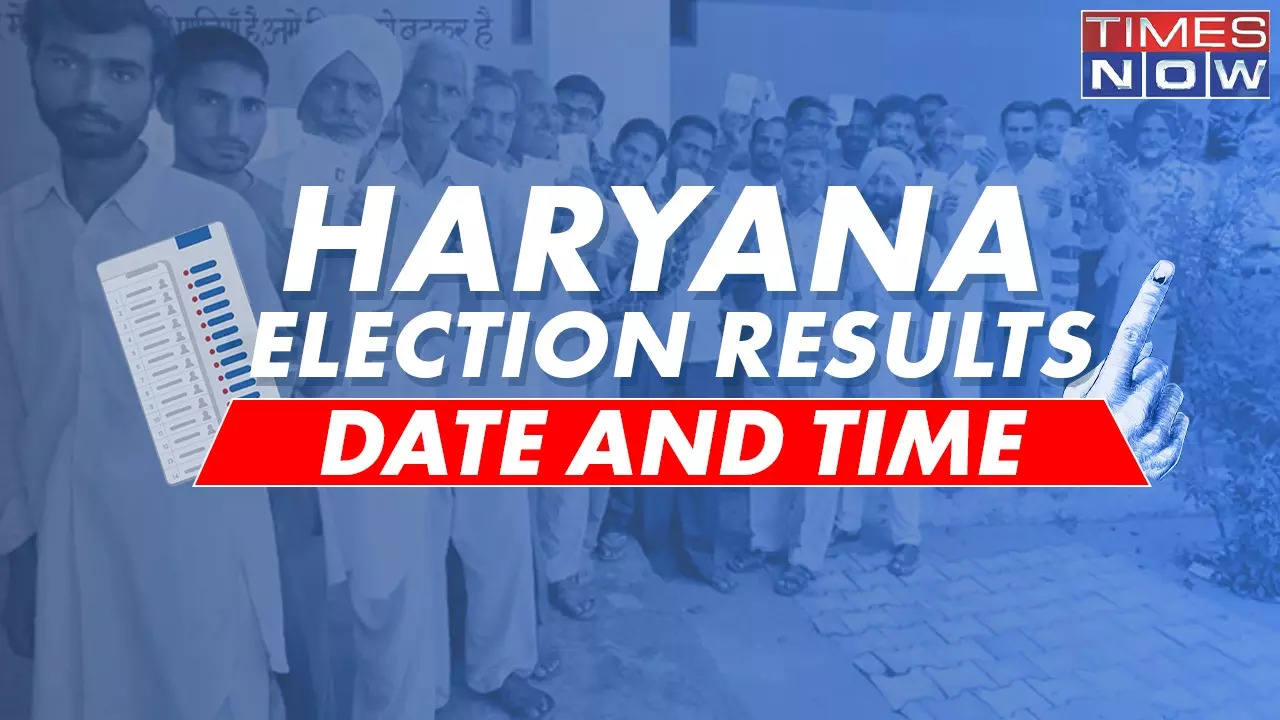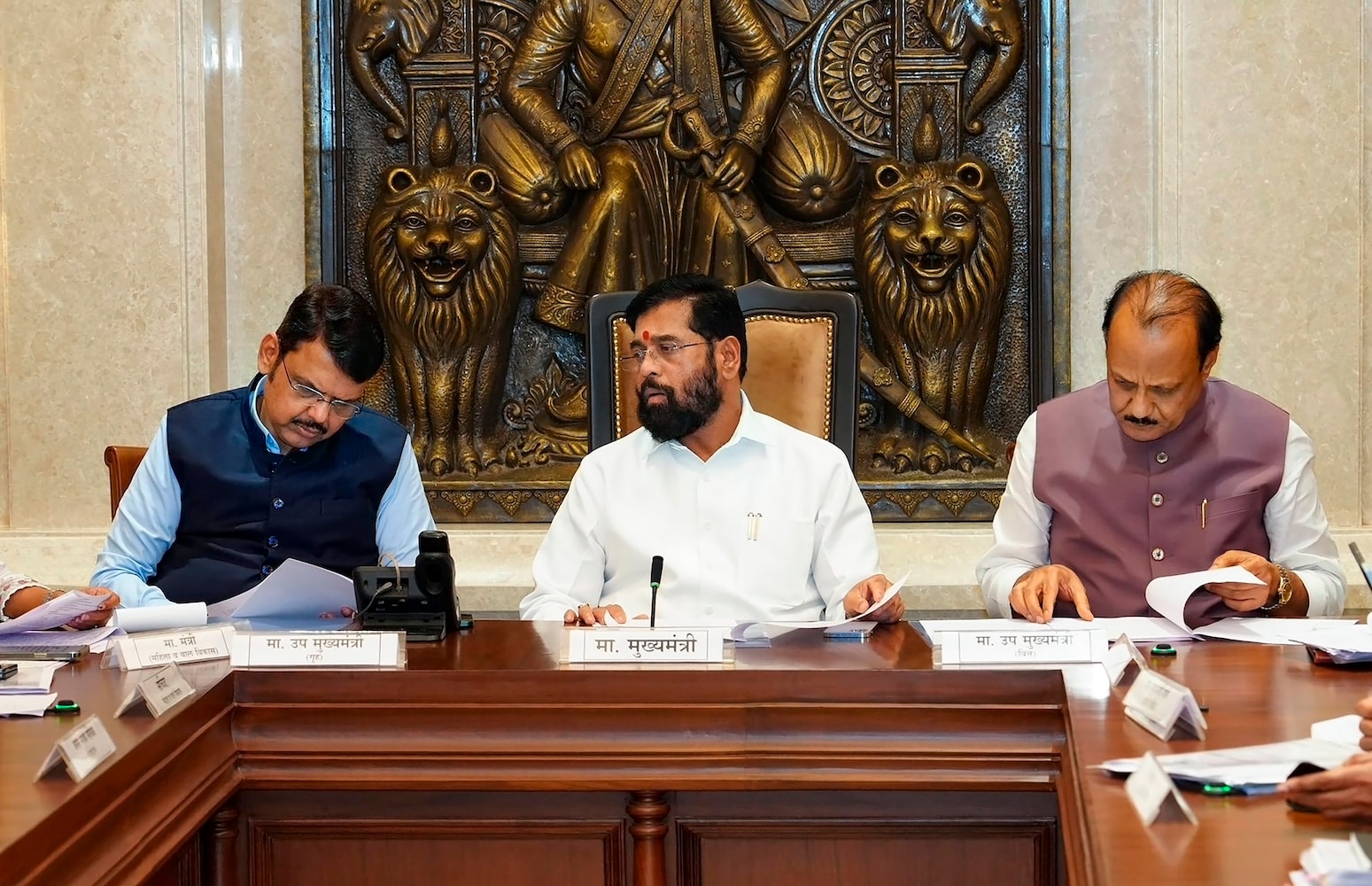
Montana’s state health department had more questioned spending in the last two fiscal years than all but one other state agency, according to the findings of the of programs funded by federal dollars. The legislative auditor’s office identified $26.2 million in spending that didn’t comply with federal requirements or wasn't supported by adequate documentation.
It noted the health agency lacked adequate internal controls to ensure that federal dollars were administered properly. While local auditors flag known questioned costs, that simply elevates them to the level of federal review. Payments aren’t deemed improper until the appropriate federal agency has reviewed the spending and determines they were out of compliance.

“Ultimately, it is up to the federal government to decide what the consequences are, including any repayment of any of the costs we’ve questioned,” said Katie Majerus, financial audit supervisor, in an email to the Montana State News Bureau. Most of those questioned costs — about $21.5 million — identified for the agency are attributed to the Child Care and Development Fund, the division that aims to help families earning low incomes pay for child care and support providers in offering high-quality early education.
According to the audit report, the Department of Public Health and Human Services failed to spend all its federal money by the deadline. The money was supposed to help stabilize child care providers in the wake of the pandemic. Auditors also questioned the health department’s decision to use coronavirus relief funds to establish a summertime child care program and the subsidies it provided for some families to access that care.
“The department’s internal controls were not effective in ensuring that the families receiving reimbursements for the summertime program were eligible to receive funds under federal regulations,” the report reads. “As a result, we question $17.1 million of reimbursements payments made under the summertime program.
” DPHHS pushed back against some of these findings. In a written response to auditors, the agency countered that it met the deadline through email correspondence with child care providers and asserted that all families who received child care subsidies were eligible by either their income, their rurality or their status as essential workers. During the timeframe of the audit, which includes fiscal years 2022 and 2023, the Department of Public Health and Human Services oversaw the annual spending of $3.
7 billion and $3.6 billion, respectively. More than 90% of those expenditures came from federal dollars.
Medicaid, the joint health insurance plan that covers seniors, children and people earning low incomes, alone accounted for almost 40% of total federal expenditures across the state over the last two years. Federal funds intended to support the operation of a state-run agency flow through the Legislature’s biennial budget bill. House Bill 2 determines how much of the state's general fund will go to each agency and its programs.
DPHHS accounts for roughly one-half of HB 2 dollars. Of course, federal funds aren’t just free money. They come with all kinds of requirements — how they can be spent, who they can benefit, how they must be recorded and reported and more.
That’s where DPHHS seems to have tripped up, the audit report found. The fiscal years studied in the audit were two in which statehouses nationwide were flooded with pandemic relief dollars from Washington, D.C.
A shows Montana’s state government received a total of $3.3 billion in assistance to spend on recovery from the widespread impacts of COVID-19. “With the additional COVID funding came public pressure, came pressure from the Legislature and others for quick expenditures to provide relief to impacted communities across Montana,” said Charlie Brereton, DPHHS director.
“There was also unclear and ever-changing federal guidance (that) added pressure on existing state staff to complete work and get funding out the door quickly.” He acknowledged that his agency, the largest in the state, does in fact need to place a larger focus on ensuring compliance and improving processes. He told lawmakers during the Sept.
11 meeting of the Legislative Audit Committee that findings were significantly impacted by the influx of pandemic relief dollars during the study period. Auditors issued 24 findings for 10 different DPHHS programs, all of which had total federal expenditures that exceeded $29.9 million over the two fiscal years.
That’s more than one-third of the total 28 programs run by the state using federal funds that were examined by the legislative auditors. Most of the audit’s recommendations focused on improving internal procedures to make sure that mistakes aren’t made in financial reporting. With such a large agency that’s also experienced “significant turnover in some programs,” having procedures in place that ensure consistency and compliance with federal rules regardless of staffing changes is key.
DPHHS says it's already well on its way to addressing the shortcomings identified in the audit. Brereton introduced to lawmakers Brenda Crawford, hired to head the newly created Office of Internal Control and Compliance. Her position up to the chief financial officer of the agency.
Legislative auditors also issued opinions on each of the 10 programs surveyed regarding how accurate and compliant their practices are with federal regulations. Eight of the programs received qualified rulings. A qualified opinion represents compliance with most requirements subject to the audit save for a few exceptions.
If noncompliance is isolated to a few spots, but not pervasive to the program, the auditors issued a qualified opinion. The child care division, CCDF, received an adverse opinion. An adverse opinion is worse than a qualified one.
It means the state has failed to comply with program requirements in a way that is pervasive and could yield significant questioned costs. Legislative auditors issued five adverse opinions for the entire state audit. DPHHS will undergo a similar audit in two years to see if the agency has implemented recommendations.
However, ultimate accountability lies with the federal government, which is responsible for ensuring the agency has taken corrective action..














